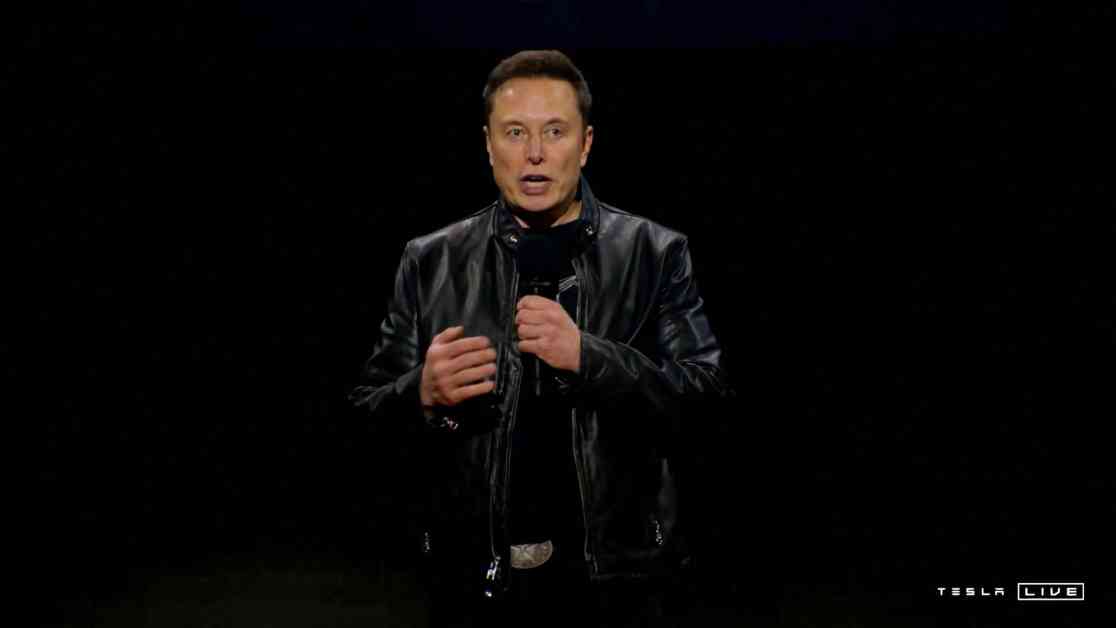Tesla Stock Slides as Annual Deliveries Decline
Tesla’s fourth-quarter vehicle production and deliveries report was recently released, revealing some concerning numbers for the electric vehicle giant. In Q4 2024, Tesla delivered a total of 495,570 vehicles, with a total production of 459,445. This resulted in an annual delivery number of 1,789,226 vehicles, slightly lower than the previous year’s total production of 1,773,443 vehicles.
This marks the first time Tesla has experienced an annual drop in delivery numbers, a significant shift from the 1.81 million deliveries reported in 2023. The fourth quarter of 2023 saw 484,507 deliveries, highlighting a noticeable decline in the most recent report.
Tesla’s shares took a hit as well, falling by as much as 7% in trading on the day of the report’s release. Analysts had anticipated higher delivery numbers for the quarter, with estimates ranging from 474,000 to 506,763 vehicles. However, the actual figures fell short of these expectations, causing some concern among investors.
Impact of Late-Year Rally and Musk’s Political Involvement
The fourth-quarter report follows a late-year rally in Tesla’s stock, which saw a 63% increase in value in 2024. This surge came after a challenging start to the year, with the stock plummeting 29% in the first quarter. CEO Elon Musk had predicted higher sales for the year, but the growth rate ultimately slowed down compared to the previous year.
One of the most talked-about developments at Tesla in 2024 was Musk’s involvement in President-elect Donald Trump’s election campaign. As the world’s richest person, Musk played a significant role in promoting Trump and other Republican candidates, raising questions about his focus on Tesla’s core business operations.
Challenges and Competition in the EV Market
Despite being a pioneer in mass-producing battery-electric vehicles, Tesla is now facing stiff competition from both domestic and international automakers. General Motors, Ford, Rivian, BYD, Hyundai, BMW, Volkswagen, and others have entered the EV market, posing challenges to Tesla’s market dominance.
Tesla’s operational challenges in the latest quarter highlight the complexities of being a car company, even as it diversifies into humanoid robotics and chip development. The company’s decision not to introduce more affordable EVs in 2024, along with an oversupply of Cybertrucks, has impacted its sales and market share.
Regional Sales and Future Outlook
In Europe, Tesla experienced a significant decline in sales in the fourth quarter, with a 14% drop in vehicle registrations compared to the previous year. The company’s business in China also faced pressure, as competitors like BYD and other brands saw faster growth in the EV market.
Looking ahead to 2025, Musk has outlined plans to offer lower-cost and autonomous vehicles, aiming for a 20% to 30% growth over the previous year. Despite the challenges and competition, Tesla remains a dominant player in the North American market, offering incentives and price cuts to sustain its market position.
As Tesla navigates these challenges and works towards its future goals, the company’s ability to innovate and adapt will be crucial in maintaining its position as a leader in the electric vehicle industry.




















